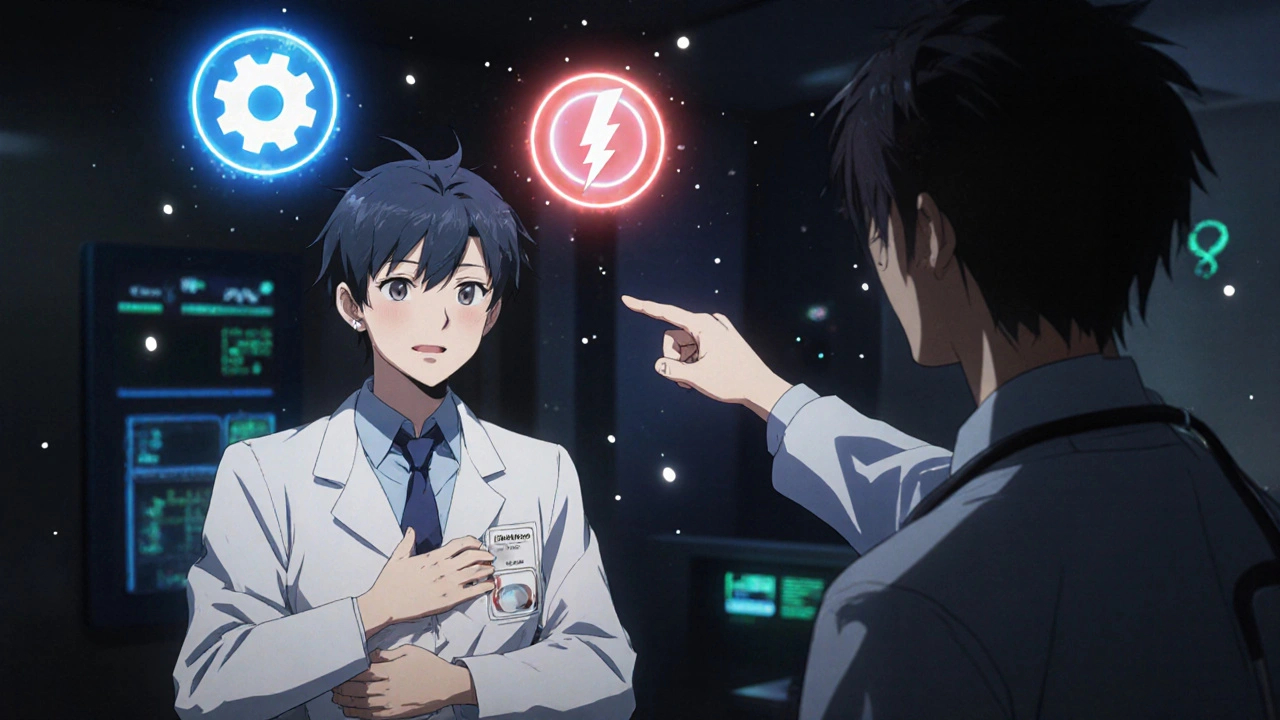Side Effects: Easy Guide to Spotting & Managing Medication Reactions
Ever taken a pill and felt a weird tingle, a stomach upset, or a sudden headache? That’s a side effect – an unwelcome reaction that shows up when a drug does more than just treat the main problem. Knowing the basics can save you from panic and help you decide whether to keep using the medication or talk to a doctor.
Why Side Effects Occur
Every drug talks to your body’s chemistry. While it aims to fix a specific issue, it can also bump into other pathways, causing extra signals that feel uncomfortable. Genetics, age, weight, and other meds you’re already on all influence how strong a side effect will be. For example, a common antihistamine might make you drowsy because it crosses into the brain, while an antibiotic could stir up nausea by irritating the stomach lining.
Most side effects are mild and fade as your body adjusts. Serious reactions are rare but worth spotting early – things like rash, swelling, breathing trouble, or a rapid heartbeat could signal an allergic response that needs immediate medical attention.
Practical Tips to Reduce and Handle Them
1. Read the label. The boxed info lists the most frequent side effects, so you know what to expect. 2. Start low, go slow. If you’re new to a drug, taking a smaller dose at first can let your system adapt before moving to the full dose. 3. Take with food or water. Some meds, like NSAIDs, irritate the stomach, but a snack can blunt that effect.
4. Track reactions. Keep a simple notebook or phone note of when you feel odd, what you took, and how long it lasted. This pattern helps doctors pinpoint the culprit. 5. Don’t mix without checking. Over-the-counter supplements, alcohol, or other prescriptions can amplify side effects. Ask a pharmacist before stacking them.
If a side effect feels unbearable, call your healthcare provider. They might swap the drug, adjust the dose, or suggest an antidote. Never stop a prescription abruptly unless you’re told to – sudden withdrawal can cause its own set of problems.
Remember, side effects are a normal part of medication use. Being proactive, staying informed, and chatting with your doctor keep you in control and make the treatment work for you, not against you.
Side Effects vs Allergic Reactions vs Intolerance: How to Tell the Difference
Learn how to tell the difference between side effects, true drug allergies, and intolerance - and why confusing them can put your health at risk. Get clear, practical advice backed by medical research.
Learn more...Chloramphenicol vs Alternatives: Pros, Cons & When to Use
A concise guide comparing chloramphenicol with modern antibiotics, highlighting safety, efficacy, and when to choose each drug.
Learn more...Chloramphenicol: Uses, Dosage, Side Effects, and Safe Eye Drop Guide (Australia, 2025)
Straight talk on chloramphenicol: when it helps, how to use it, side effects, who should avoid it, and smart alternatives for red, gunky eyes in Australia (2025).
Learn more...Amitriptyline and Constipation: Real-World Tips for Easing This Annoying Side Effect
Ever started amitriptyline, only to get caught off guard by constipation? This article explains why this side effect happens, and more importantly, what you can do about it. From simple diet tweaks to tried-and-true bathroom hacks, you'll find real ways to get some relief. You'll also learn when it's time to call your doctor. Say goodbye to bathroom stress and hello to a smoother routine.
Learn more...


